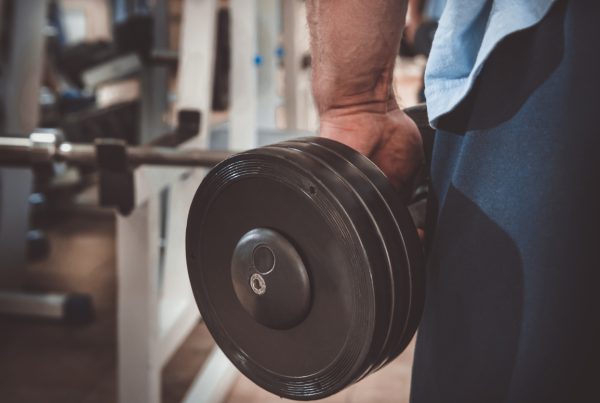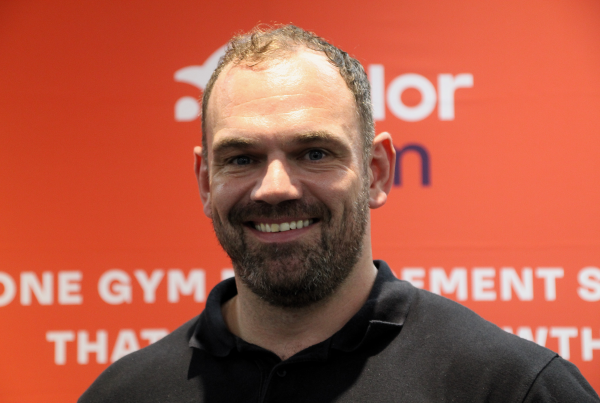By Lizzie Broughton, Senior Insight Manager, ukactive and Dr Matthew Wade, Head of Research, ukactive
It seems fitting to begin a blog about data with an acknowledgment of what six months’ worth of exposure to a staggering array of COVID facts and figures has done to our relationship with data.
As we watch government briefings we wait in nervous anticipation of what we know is coming next – the heatmap with its shades of green and red, the gradient-shaded maps of the UK showing case rates, the regionalised line graphs depicting where the hot spots are. We talk about R-rates with alarming familiarity, forgetting we had not heard of them before March. We simply cannot avoid the new wave of data that has accompanied the emergence of COVID.
While we may be becoming desensitised to seeing big numbers on a daily basis, what the data can’t hide is the very real, very human, cost of this pandemic. Behind every chart and graph that is presented to us are the individual stories of those who have suffered, and continue to suffer, from the brutal impact of the pandemic.
From the students who spent their freshers week in isolation, and the workers who have lost their jobs from the economic fallout, to the elderly forced to shield and unable to see their relatives, this year has dealt an unexpected and unwelcome hand to every single individual in the UK, and around the world.
In the midst of ever-changing rules and regulations, tiers and alert levels, it is easy to become fixated by what we cannot do. It will come as no surprise that within the ukactive Research Institute, and the whole of ukactive, we have been championing the role of physical activity, exercise and sport throughout the pandemic.
For so many, the snatched ‘one-a-=day’ that we were allowed in the height of lockdown became the highlight of the day and a chance to take a moment away from the relentless intensity of 24-hour news feeds.
As restrictions loosened and facilities began to take tentative steps towards reopening at the end of July, it became apparent that in our new data-driven world we needed to be able to demonstrate the safety of the gyms and leisure centres within our sector and show that the robust and thorough operating guidelines are doing their job and keeping customers safe.
What has followed since has been an extremely heartening response from our members, large and small, to collaborate and share their data in order to build a compelling and evidence-based case for keeping facilities open in the midst of localised restrictions.
We have now received data from more than 2,000 sites to track the prevalence of COVID-19 within the sector. The willingness of these organisations – private operators, public sector leisure sites, multi-site chains, independents and boutiques – to provide this level of data every week demonstrates the collective effort that is going on to operate these facilities safely and within the relevant guidelines, thereby providing the public with a vital service for maintaining their physical and mental wellbeing. Moreover, the data continues to show that they are doing this is a safe manner, and the policies and procedures that are in place are working to keep the prevalence of COVID-19 low.
Unfortunately, with the second lockdown in England, the tiers in Scotland, the firebreak in Wales, and other regional restrictions, fitness and leisure facilities in those areas have had to close yet again. The data we have, backed up by up-to-date and reliable evidence, shows that facilities are safe and we will continue to push for them to be open and classed as an essential service.
While some will argue that people can exercise at home, or outside, we’d again urge them to look beyond the numbers and figures and consider the individual circumstances of those who depend upon gyms and leisure centres for their activity. For those who simply don’t have the space, equipment, or confidence, to exercise elsewhere our facilities are a lifeline, and they are a lifeline that must remain open.
Our data collection will continue to support this goal. During our session at the ukactive National Summit today (Wednesday 11 November), we will be expanding on these ideas and exploring how research shows the impact of physical activity on our health, social connections, and the economy. As part of this we will be touching upon the areas raised here and how we can ensure appropriate data is captured, analysed, and shared within our sector.
We’ll be looking to understand the link between research and policy or business decision-making. Again, we’ll be looking beyond the headline numbers to dig a little deeper into how we can prove that physical activity can benefit every single one of us, every single day.
We’d like to thank all our members who are sharing their data for COVID tracking. If you are not currently doing this and would like to contribute to this project, please email research@ukactive.org.uk
To sign up for today’s free Summit webinar ‘Measuring and creating effective interventions in health and wellbeing’, visit National Summit page.

More People More Active More Often




